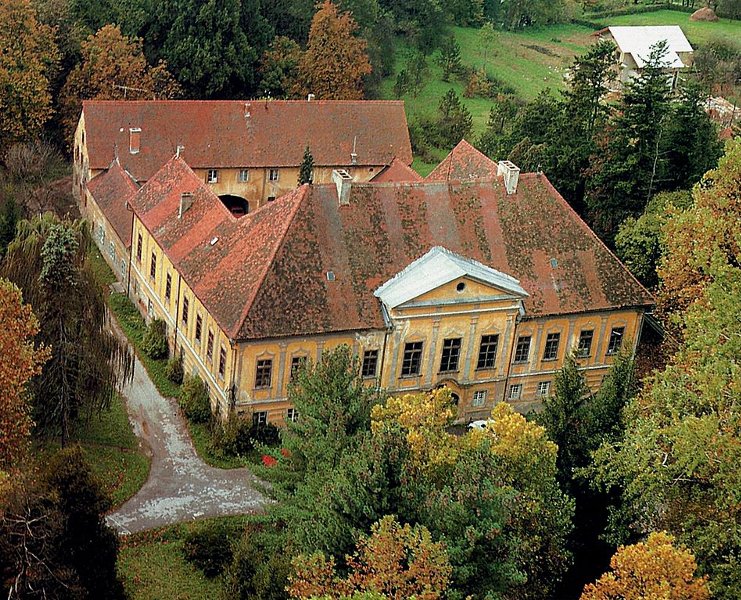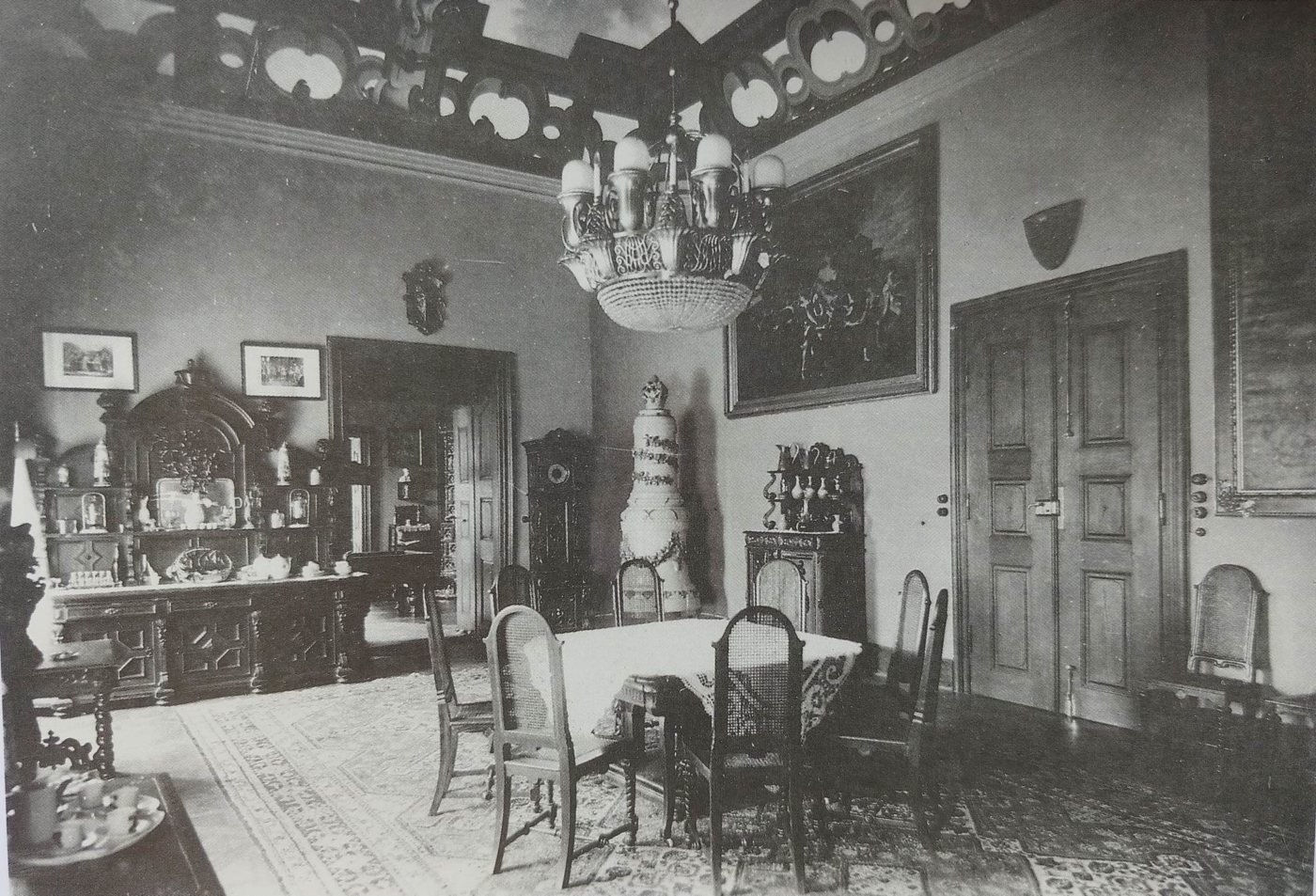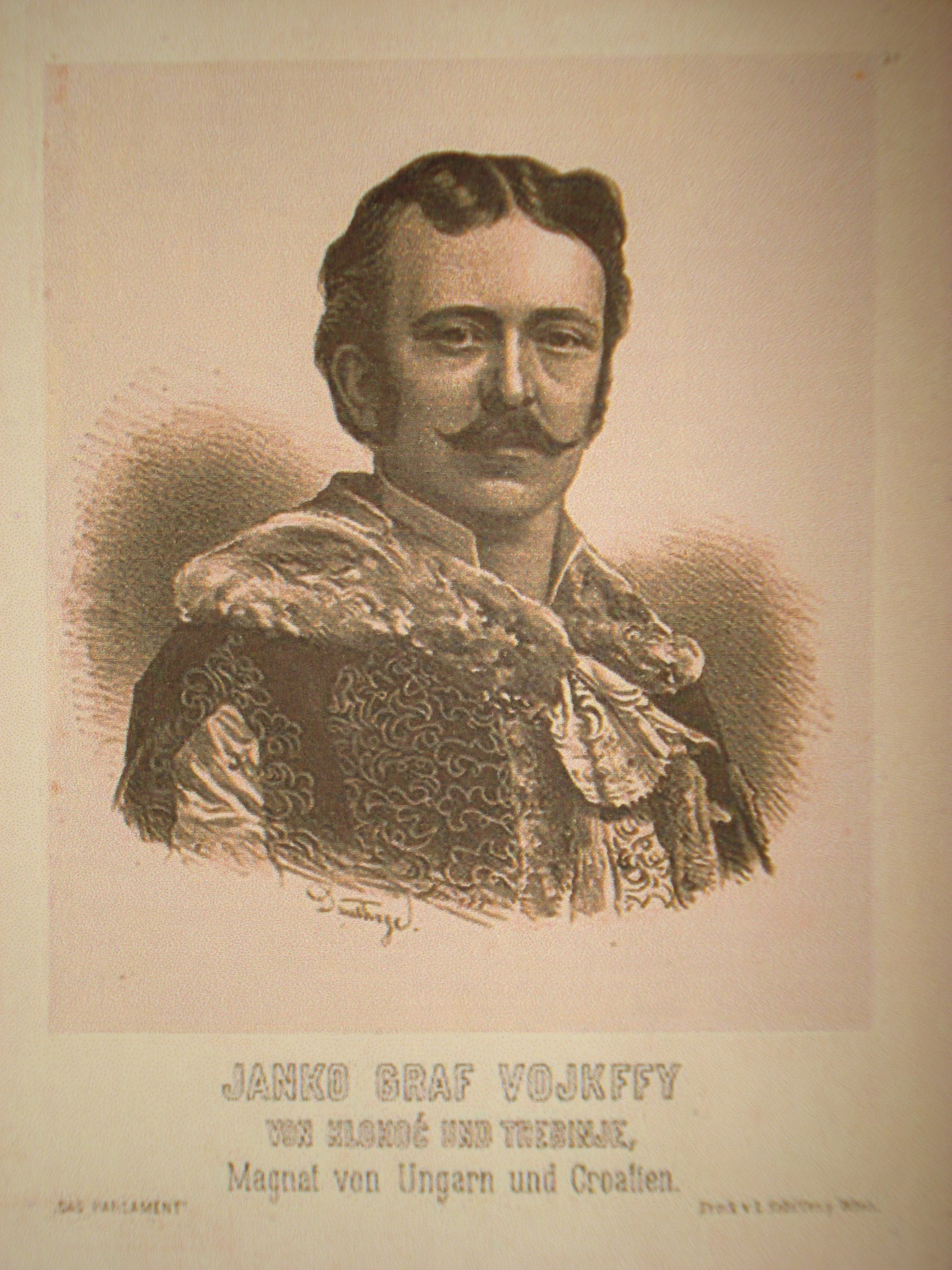After Losing Local Elections, HDZ Shuts off Free Oroslavje Internet
June the 15th, 2021 - You've heard of sore losers before, probably in races you took part in back in school. As adults, we usually learn to take loss better and look at competition more healthily. That doesn't apply to everyone, though. Following their loss in the recently held local elections, HDZ has decided to shut off the free Oroslavje internet.
As Poslovni Dnevnik writes, the brand new mayor of Oroslavje, Viktor Simunic, who took over power from HDZ two weeks ago, announced that the former government in the city had turned off the free Oroslavje internet.
Upon arriving to work in the morning, Simunic was shocked the learn that there was no internet connection on any city computer.
''Last week, we asked the former government for all of the data in order to access the internet, as well as all the keys to the lockers. We didn't receive the data, the Oroslavje internet was cut off, and the keys were brought to the city administration only this morning.
The project, for which we all paid over 800 thousand kuna, was shut down. Since they deleted our database, unfortunately we don't even know who used the internet or how many users there are on it.
The following is a list of inventories and analysis of the situation, and we'll inform you about everything, but unfortunately we cannot solve the problem immediately due to its complexity. So I'd like to ask you for your understanding and patience.
I understand the anger and resentment, however this was not my decision.
I'm asking everyone who invested their funds in the equipment and used the free Oroslavje internet to contact the city's e-mail: This email address is being protected from spambots. You need JavaScript enabled to view it.,'' wrote Simunic on Facebook following the bizarre incident following HDZ's recent loss in Oroslavje.
For more, make sure to follow our dedicated politics section.
Incredible 18th-Century Castle Oroslavje Donji nr Zagreb On Sale
October 8, 2020 – A bonafide 18th-century Baroque castle is up for sale. Although in a state of neglect, Oroslavje Donji is an architectural gem with huge grounds and lies less than 30 minutes from Zagreb. Its price tag? A cool 1 million Euros.
Zagorje refers to a place behind the mountains. Dalmatinska zagora is the hinterland behind the Dinaric Alps. Hrvatsko Zagorje, often referred to simply as Zagorje is the region behind Medvednica mountain. Dominating the skyline of Zagreb, Medvednica lies just north of the Croatian capital and is much loved for recreation, enjoying nature and feasting on traditional foods. In winter, the far side of the mountain offers skiing and when your skis reach the bottom of the slopes, you're at the entrance to Zagorje. Although, Zagorje has another entrance.
 The Medvednica mountain overlooks Zagreb. On the other side lies Zagorje © Antun Cerovečki / Croatian National Tourist Board
The Medvednica mountain overlooks Zagreb. On the other side lies Zagorje © Antun Cerovečki / Croatian National Tourist Board
Oroslavje: The Gate of Croatian Zagorje (Vrata Hrvatskog zagorja)
The pretty town of Oroslavje is sometimes called The Gate of Croatian Zagorje (Vrata Hrvatskog zagorja). Though it lies less than 30 minutes drive from Zagreb, Oroslavje feels far from the bustle and pace of the metropolis. It's the kind of idyllic bolthole that Londoners dream of having half an hour from the English capital, a place where premium properties would be snapped up in an instant by the rich and famous. Such places and properties are rarely attainable in such close proximity to London. But, they are in Zagreb.
 Oroslavje © Grad Oroslavje
Oroslavje © Grad Oroslavje
A bonafide 18th-century castle in Oroslavje has gone up for sale. Oroslavje Donji is a Baroque castle of 1,270 m2 with four wings, an inner courtyard and a park-sized garden that extends an incredible 26,235 m2. Although in a serious state of disrepair, it is an incredibly grand and historic building. The price tag is a cool 1 million Euros.
Opportunities to buy such dwellings do not come around so often. And, in a charming feature on the sale by zagreb.info, co-owners of the building are said to be hesitant about letting it go. Stunning pictures and details make that more than understandable.
 Oroslavje Donji © Njuskalo
Oroslavje Donji © Njuskalo
The first-floor vault of Oroslavje Donji's main hall holds beautiful wall paintings created in the late 18th century. Elsewhere, 19th-century wall paintings can be found, thankfully above the height of the spray paint graffiti left by some unauthorised visitors - the castle has been left abandoned for many years.
 © Turistička zajednica grada Oroslavja
© Turistička zajednica grada Oroslavja
However, most of the building's major architectural details remain intact, as do ornate, original floor tilings. Outside, at the entrance to the park, there is a magnificent baroque portal. Two Baroque statues also lie within the garden which, in line with trends of the time, was furnished in the late 19th century with exotic trees from all over the world. Today, many species of birds make their home within the branches, undisturbed by human presence.
 © Turistička zajednica grada Oroslavja
© Turistička zajednica grada Oroslavja
Well connected to Zagreb, Slovenia and Hungary, Oroslavje and other nearby towns were once favoured places to live by the upper echelons of Austro-Hungarian society. Oroslavje used to have two castles, but Gornje Oroslavje was almost completely destroyed by a fire in 1949. Oroslavje Donji was home to the Vojkffy family (Vojković in Croatian).
In a former life: The Vojkffy / Vojković family in Oroslavje Donji
 The inside of Oroslavje Donje when still inhabited © Faculty of Architecture University of Zagreb
The inside of Oroslavje Donje when still inhabited © Faculty of Architecture University of Zagreb
The family earned titles and lands for their service to the Austro-Hungarian empire in their struggle against the invading Ottomans. Ivan Vojkffy I (1520–1595) was the captain of the town of Karlovac, and his son Ivan Vojkffy II (1595–1661) captain of the town of Križevci. In the 17th century, the family moved to Hrvatsko Zagorje.
Sigismund Vojkffy was the royal chamberlain and commander of the guards at Schönbrunn Palace in Vienna during the reign of Empress Maria Theresa. For service in the Seven Years' War (1756–63), Maria Theresa awarded both Sigismund and his brother Christopher the title of count in 1763.
 Janko Vojković, son of Sigismund. He lived at Oroslavje Donje © Silverije
Janko Vojković, son of Sigismund. He lived at Oroslavje Donje © Silverije
These were high decorations in the court of the empire. The family subsequently went on to build not only Oroslavje Donje (1770–90) but also the parish church of St. Jelena in Zabok (1782–1805) and several palaces in Zagreb's Upper Town, the most famous of which is the Baroque Vojković-Oršić-Rauch Palace in Matoševa Street. Sigismund Vojkffy died only two years after Oroslavje Donje was completed, but his descendants, including his son Janko, continued to live there.
 © Turistička zajednica grada Oroslavja
© Turistička zajednica grada Oroslavja
In its golden age, Oroslavje Donje held an approach that was 230 meters in length. In front of the south façade was a decorative garden, to the south-west the park was connected to the forest, and to the left of the approach was a spacious meadow. The last male descendants of the Vojkffy family, Sigismund's grandsons, emigrated from Croatia in the late 19th century. Thereafter, Oroslavje Donje changed hands a number of times before being confiscated by the state in the era of Yugoslavia and subsequently fell into disrepair.
 How the interior of Oroslavje Donje looked in its heyday © Faculty of Architecture University of Zagreb
How the interior of Oroslavje Donje looked in its heyday © Faculty of Architecture University of Zagreb
Though few properties like this appear on the market, there are surely a limited number of people who could afford the price tag. Even fewer who would have the funds and determination to restore Oroslavje Donje to its original state of grandeur. But, who knows? A buyer might appear. After all, who wouldn't want to live in a beautiful Baroque castle just 30 minutes from Zagreb?
If you want to read more about some of Croatia's best castles, then look here.
For the latest travel info, bookmark our main travel info article, which is updated daily.
Read the Croatian Travel Update in your language - now available in 24 languages.


